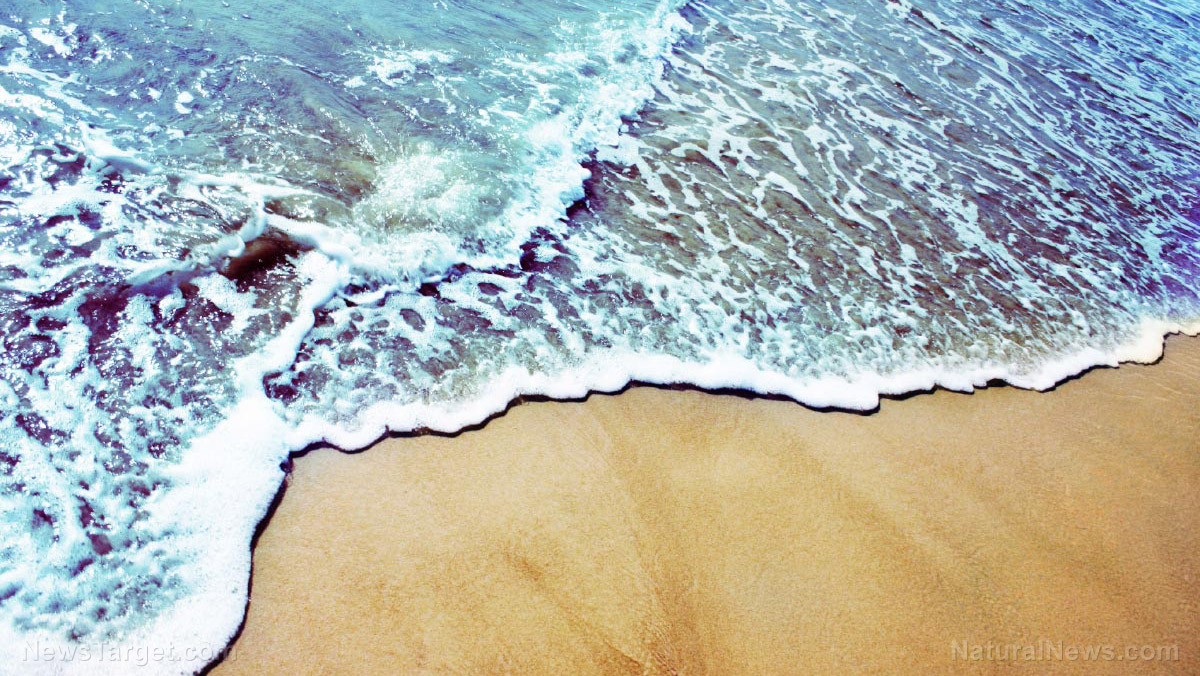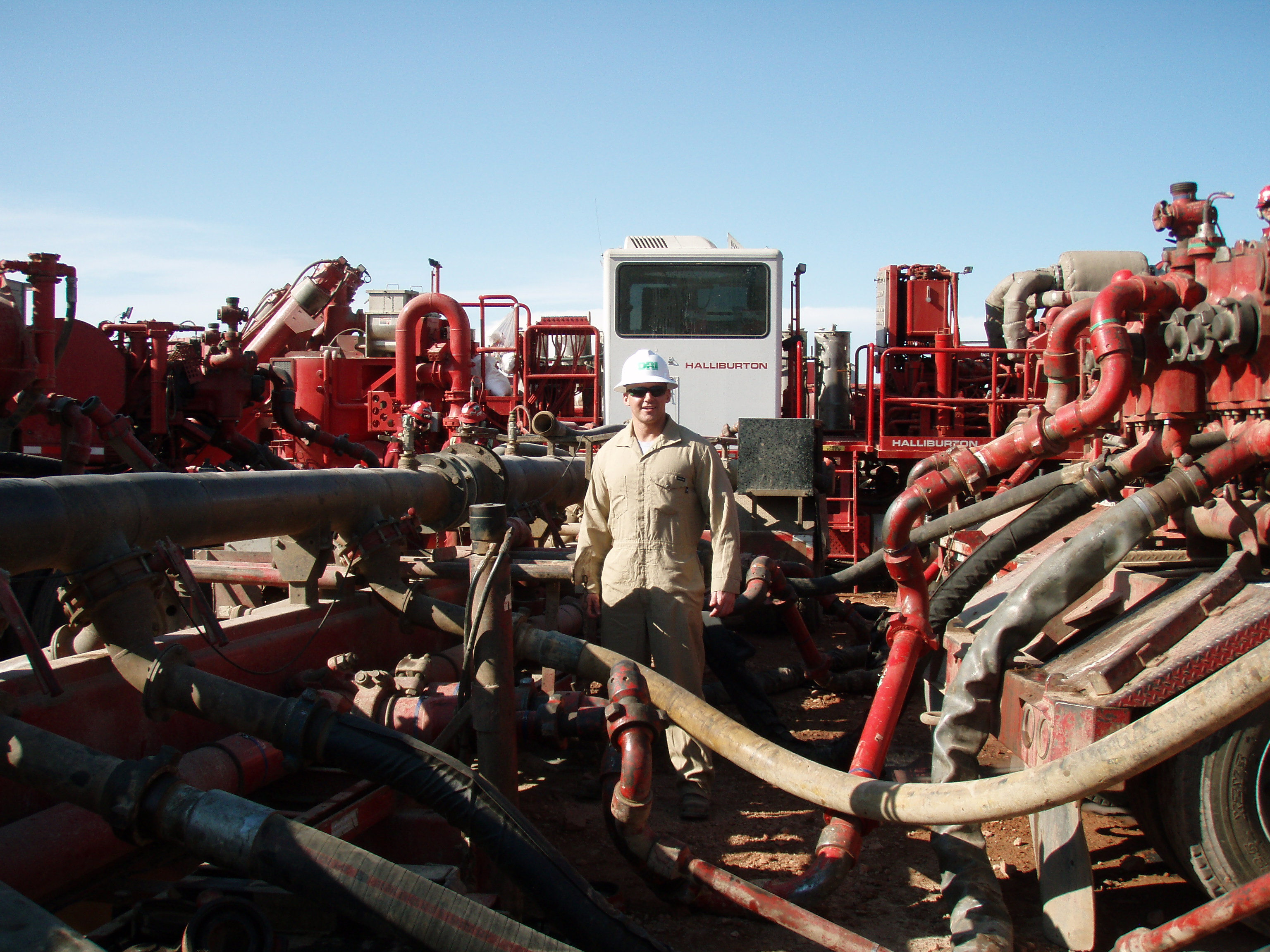The Great Red Spot isn’t the only super storm on Jupiter. The gas giant’s north and south poles host colossal cyclones that dwarf the biggest ones ever seen on Earth. As seen in a new video released by NASA, these swirling storms dominate the polar regions of the planet, according to an article on Science.com.
The material for the video comes from the Juno spacecraft currently investigating Jupiter. Named after the divine wife of the planet’s mythical namesake, the probe makes a close pass over the polar regions every 53.5 days.
During those passes, Juno used its Italian-built Jovian Infrared Auroral Mapper (JIRAM) instrument to take infrared images of the planet’s poles in 2017. NASA research team used the collected images to create the impressive video. (Related: NASA now allowing scientists to use nuclear power sources for future space missions.)
Alberto Adriani, a co-investigator of the Juno mission, explains that researchers had no idea what the polar regions of Jupiter looked like until the space probe arrived in July 4, 2016. Juno’s polar orbit allows it to take infrared imagery of the weather patterns on Jupiter’s poles – including its monstrous storms – in unparalleled detail.
Giant storms made of cold air ring Jupiter’s north pole
NASA researchers have identified central cyclones in both the north and south poles of Jupiter. Both are attended to by several smaller cyclones. The northern polar cyclone has eight circumpolar partners, each one of which is about as wide as the distance between New York City and Naples, Italy.
The five circumpolar cyclones down south are even bigger. The winds in those storms can hit 220 miles per hour (350 kilometers per hour).
The video makes the storms look as bright as lava. But the swirling air that makes up these storms is nowhere as hot as molten rock.
NASA researchers say the hottest areas of the storms are the yellow bits deep within the formation. Temperatures in those spots only get as high as nine degrees Fahrenheit (minus 13 degrees Celsius).
The darker the region, the colder it gets. The darkest part of the storms is estimated to have a temperature of -117 F (-83 C).
The Juno mission team debuted their video of Jupiter’s polar storms at the general assembly of the European Geosciences Union in Vienna, Austria. They also presented another breakthrough, an animation that shows how the gas giant’s “planetary dynamo” generates its powerful magnetic field.
Jack Connerney, the deputy principal investigator for the Juno mission, says Jupiter’s magnetic field is very different from all the theories crafted by researchers. He adds that Juno’s observation of Jupiter’s magnetic environment will kick-start research on planetary dynamos.
Juno is mapping out Jupiter’s structure, composition, magnetic field, gravitation
The Juno spacecraft costed $1.1 billion. It launched aboard an Atlas V rocket in August 2011 and traveled for five years until it reached Jupiter in 2016.
Its mission is to analyze the structure of the gas giant, the materials that comprise it, and the magnetic and gravitational fields generated by the planet. Mission researchers hope this data will give them a better grasp of the circumstances that gave birth to Jupiter and shaped it into the solar system’s biggest member.
Juno will pass over Jupiter’s poles for the 12th time on May 24, 2017. By then, it would have accomplished one-third of the mapping mission it set out to do.
Connerney is encouraged by the fact that Juno uncovered clues about Jupiter’s planetary dynamo so early into its mission. He and his fellow researchers have high hopes for the data that will come from the probe’s future orbits.
Interested in Earth’s neighboring planets? Visit Space.news for similar articles.
Sources include:
Space.com
NASA.gov




















